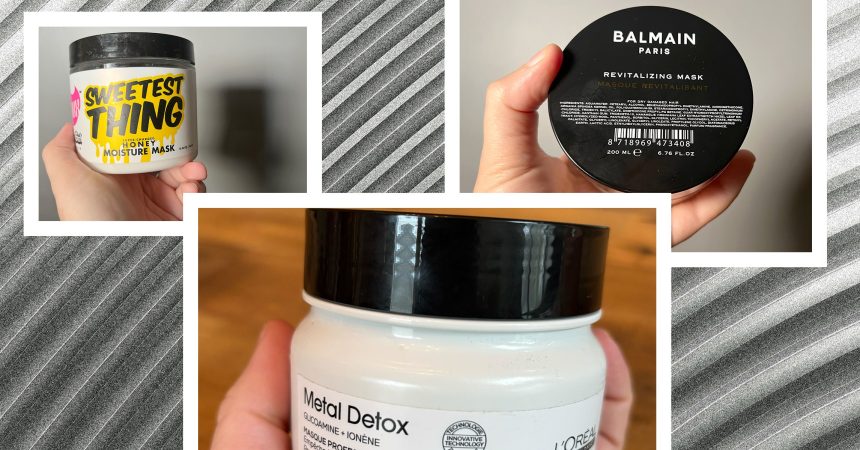Hair masks are a popular hair care product used to improve the overall health and appearance of hair. Understanding the ingredients in hair masks is crucial for choosing the right product for your hair type and achieving desired results. Several key terms and ingredients are frequently discussed in relation to hair masks, each with its own set of benefits and potential drawbacks.
Sulfates: Sulfates are cleansing agents commonly found in shampoos and conditioners. While effective at removing dirt and oil, they can also strip the hair of its natural moisture, leading to dryness, especially with frequent use. Individuals with dry hair may want to avoid or limit their exposure to sulfates. Opting for sulfate-free hair masks can help maintain moisture and prevent excessive dryness.
Color-Safe: The term "color-safe" is often used to describe hair products that are formulated to minimize color fading. However, this term is not regulated, and the effectiveness of color-safe products can vary. Some products labeled as color-safe may still cause some color fading, while others may preserve color effectively. If you have colored hair, it’s advisable to perform a patch test on a small, inconspicuous section of hair before applying the product to your entire head. This can help determine if the product is truly color-safe for your specific hair color.
Alcohols: Alcohols are another common ingredient in hair products, including hair masks. It’s important to distinguish between different types of alcohols. Short-chain alcohols, such as propanol, ethanol, and isopropyl alcohol, evaporate quickly and can contribute to hair dryness. On the other hand, fatty alcohols, like stearyl alcohol, can actually moisturize the hair. The presence or absence of alcohol in a hair mask doesn’t automatically indicate its moisturizing properties. Carefully examining the specific types of alcohols listed in the ingredients can provide a better understanding of their potential impact on hair.
Silicones: Silicones are often added to hair products to create a smooth, shiny appearance. They coat the hair shaft, creating a protective barrier and reducing frizz. However, some silicones are not water-soluble and can build up on the hair over time, leading to dullness and dryness. Whether or not to use silicones in hair masks is a matter of personal preference. Some individuals find them beneficial for improving hair texture and shine, while others prefer to avoid them altogether. Using a clarifying shampoo periodically can help remove silicone buildup and restore hair’s natural vibrancy.
Active Ingredients: Hair masks often list their "active ingredients," which are the components intended to provide specific benefits. These can include oils, butters, plant extracts, and keratin. While certain ingredients are associated with particular effects, the actual results can vary depending on individual hair types and product formulations. For example, shea butter, a common ingredient in hair masks, can be highly moisturizing for some individuals but may not be suitable for others. Reading reviews from individuals with similar hair types can be helpful in gauging the potential effectiveness of a hair mask.
Choosing the Right Hair Mask: Selecting the right hair mask involves considering your hair type, specific hair concerns, and the ingredients in the product. If you have dry hair, look for masks containing moisturizing ingredients like oils, butters, and humectants. For damaged hair, masks with reparative ingredients like keratin or proteins can be beneficial. If you have colored hair, opt for color-safe formulas to minimize fading. Reading product reviews and conducting patch tests can further assist in finding the ideal hair mask for your needs. Understanding the function of different ingredients empowers you to make informed choices and achieve optimal results from your hair care routine.



